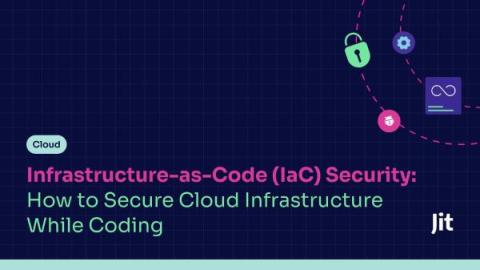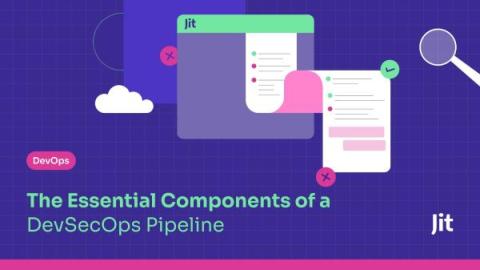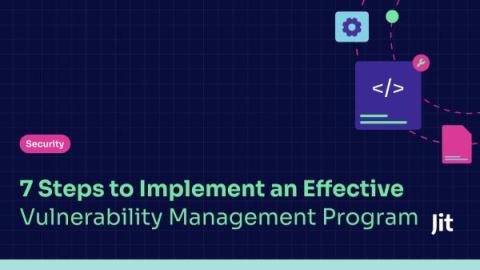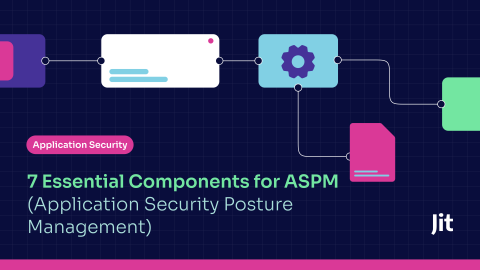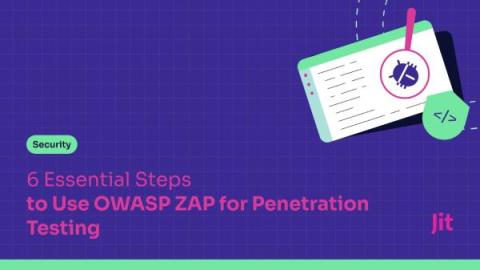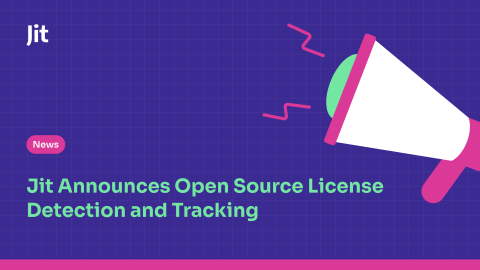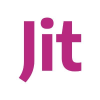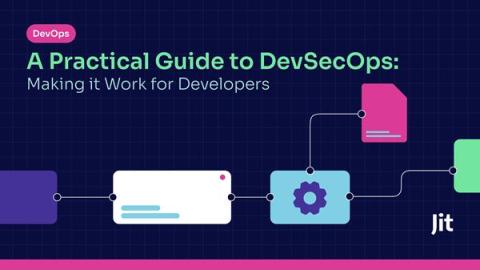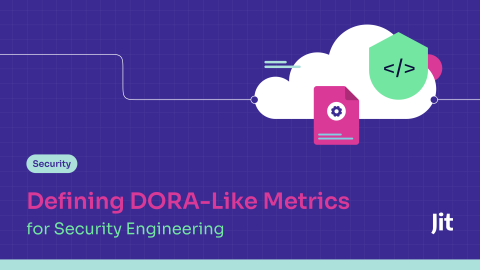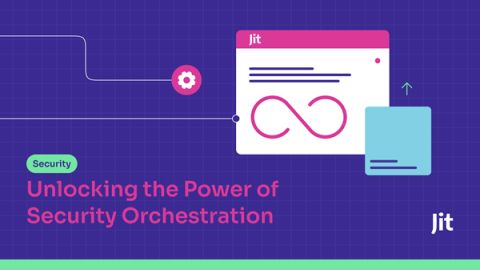A Guide to IaC Security and Scanning
Infrastructure as code (IaC) provides an innovative approach to provisioning and managing cloud infrastructure through code, instead of doing it through manual processes. This foundational shift not only accelerates development cycles but also introduces new dimensions of risk that must be carefully managed. In this article, we'll delve into these challenges and explore strategies to secure IaC environments from potential vulnerabilities and threats.


